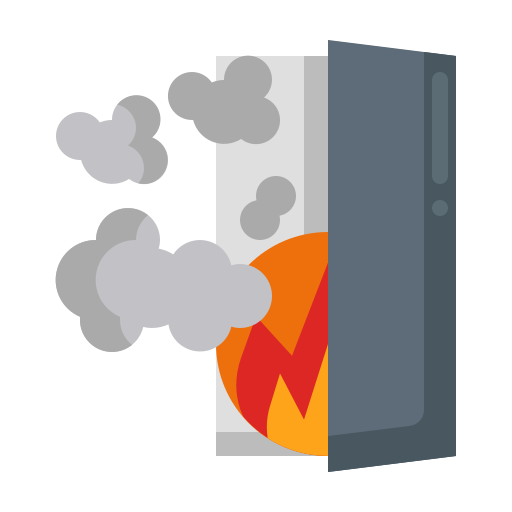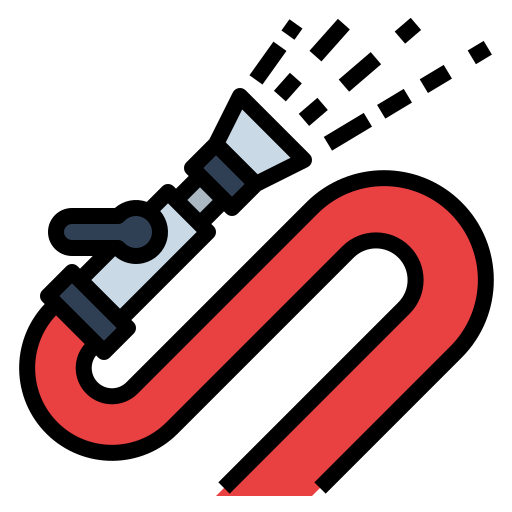Smoke, Soot, and Ash Insurance Claims
Navigating the Road to Smoke, Ash, and Soot Treatment
Smoke, ash, and soot damage from a fire can cause significant damage to a home and its contents. These byproducts of a fire can be difficult to clean up and remove, and if left untreated, can cause long-term damage to a property and its inhabitants.
The effects of smoke damage can include discoloration of walls, ceilings, and fabrics, as well as an unpleasant odor that can linger long after the fire has been put out. Ash and soot can also cause damage to appliances, electronics, and other items in the home.
The process of treating smoke, ash, and soot damage involves several steps:
-
Assessment: A professional restoration company will assess the extent of the damage and create a plan of action.
-
Ventilation: The home will need to be ventilated to remove any lingering smoke odors. This may involve opening windows and doors, using fans, or running an HVAC system.
-
Cleaning: All surfaces in the home will need to be thoroughly cleaned to remove soot and ash. This may involve using specialized equipment and cleaning solutions.
-
Restoration: Any damaged materials, such as walls or flooring, will need to be repaired or replaced.
-
Deodorization: Finally, the home will need to be deodorized to eliminate any remaining smoke odors.
It is important to note that smoke, ash, and soot damage can be difficult to treat on your own. It is recommended to hire a professional restoration company with experience in fire damage restoration to ensure the best possible outcome.
Smoke, Ash, and Soot Treatment and Compensation
As a law firm who helps victims of fire damage, it is important to understand the devastating effects that smoke, ash, and soot can have on a home and its occupants. These byproducts of a fire can cause significant property damage, as well as physical harm to those who breathe in the toxic fumes.
As such, it is important for homeowners who have suffered fire damage to seek out professional restoration services to treat the damage and prevent any long-term effects. This process typically involves assessment, ventilation, cleaning, restoration, and deodorization, and can be a costly and time-consuming endeavor.
As lawyers, our role is to help victims of fire damage navigate the complex legal and insurance issues that can arise during the restoration process. This may include negotiating with insurance companies to ensure that the homeowner receives a fair settlement for their losses, or representing the homeowner in court if the insurance company refuses to pay.
It is important to remember that fire damage can have a profound impact on a homeowner's life, and the legal and financial consequences can be overwhelming. As a lawyer who specializes in fire damage cases, our goal is to help victims get back on their feet and rebuild their lives as quickly and efficiently as possible.
Know The Types of Fire Damage

Burn and heat damage:

Soot, smoke, and ash damage:


